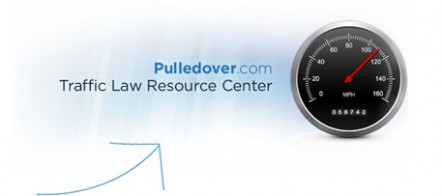Literal compliance with filing rules for Breathalyzer unnecessary
A recent Eastern District of Missouri appellate decision appears to be pro-law enforcement.
The trial court concluded the blood alcohol content results were inadmissible because the officer had not filed a copy of the maintenance report of the breathalyzer with the DHSS, as it is required under 19 CSR 25-30.031(3). The breathalyzer determines whether someone exceeded the allowed drinking amount by taking the person’s blood alcohol content (BAC). The trial court thereby reinstated the driving privileges of a man in St. Charles County. The Department of Revenue then appealed the decision.
The appellate court reversed and remanded, stating that the trial court was in error, and that absolute and literal compliance with the filing requirement in that regulation is not required because it was a collateral issue that did not affect the performance or validity of the breath test. As a maintenance report was done, the fact that it wasn’t filed with the DHSS was ancillary.
The case was Gerald R. Roam v. Department of Revenue. The opinion was written by Judge Robert G. Dowd, Jr.. Judges J. Philip J. Hess, P.J. and Mary K. Hoff, J., concurred. The attorney for the Appellant was Morgan Brewington, and attorney for Respondent was Robert S. Adler.
The court wrote: “In spite of the established case law, Roam insists that the Director must demonstrate “absolute and literal compliance” with this DHSS regulation before the BAC results can be admitted into evidence, and the trial court seems to have agreed. Besides being in conflict with the above law, our courts have specifically rejected this proposition as well. In Potts v. State, the court held instead that the Director must only demonstrate absolute and literal compliance with those regulations “governing the actual performance” of the maintenance check and not with those regulations “governing collateral issues which do not affect the actual performance or validity of the test itself.” 22 S.W.3d 226, 230 (Mo. App. W.D. 2000) (emphasis added). Potts determined that the requirement for filing a copy of the maintenance report with DHSS is a collateral issue that does not affect the performance or validity of the breath test. Id. at 231. Roam has failed to adequately address, much less distinguish, Turcotte, Potts or any of the above precedent. Instead, he stated in his brief that the trial court had Turcotte before it, knew the law and is presumed to have followed it. But clearly the court did not follow the law. It was error not to admit the BAC results on the ground that the maintenance report had not been filed with DHSS. Therefore, we must reverse and remand.”

